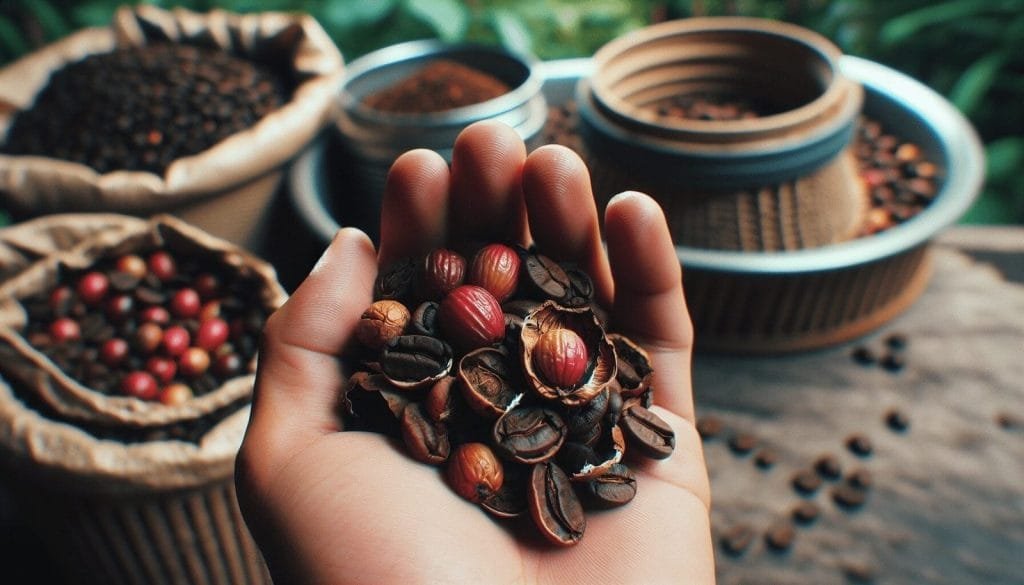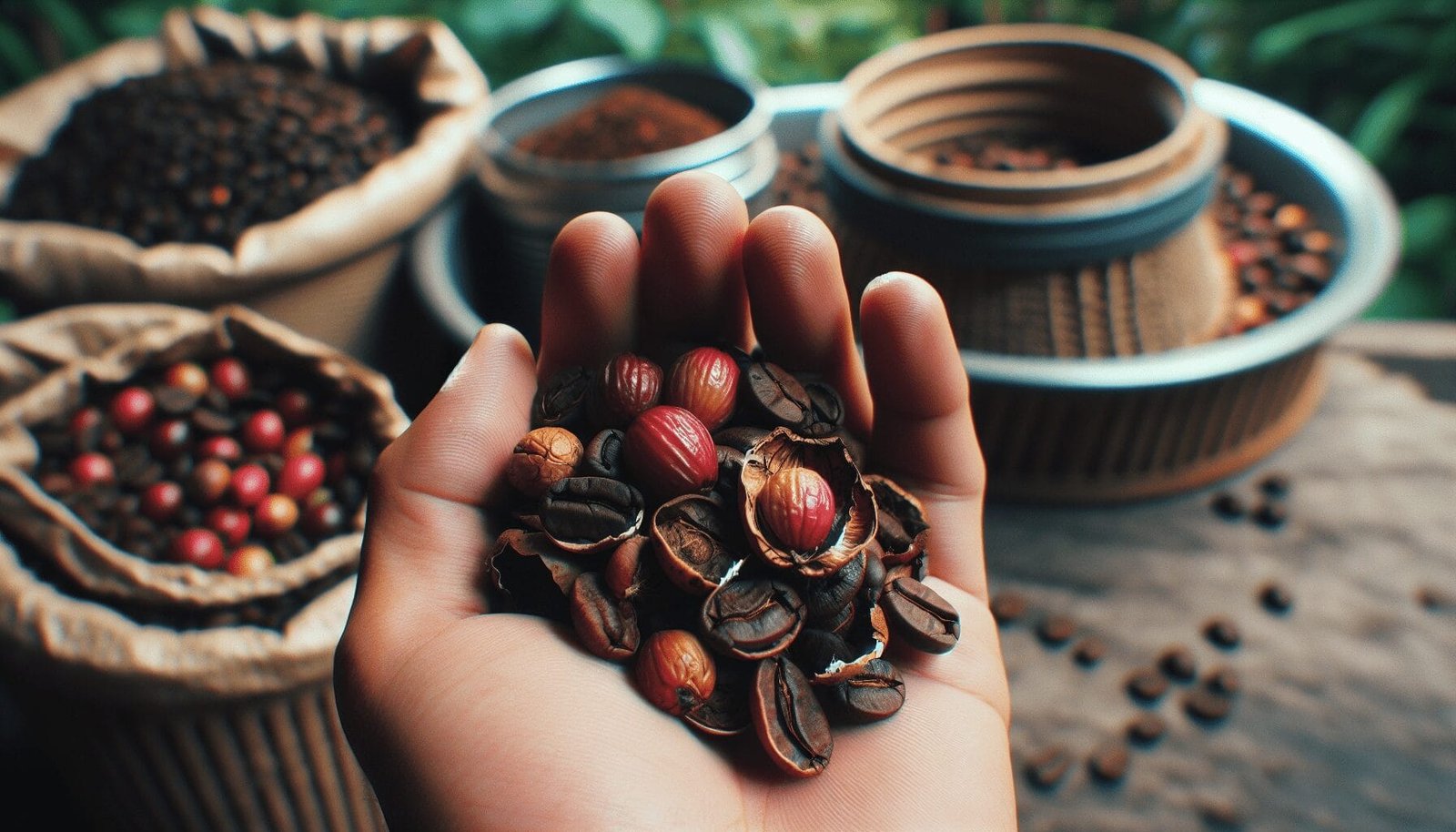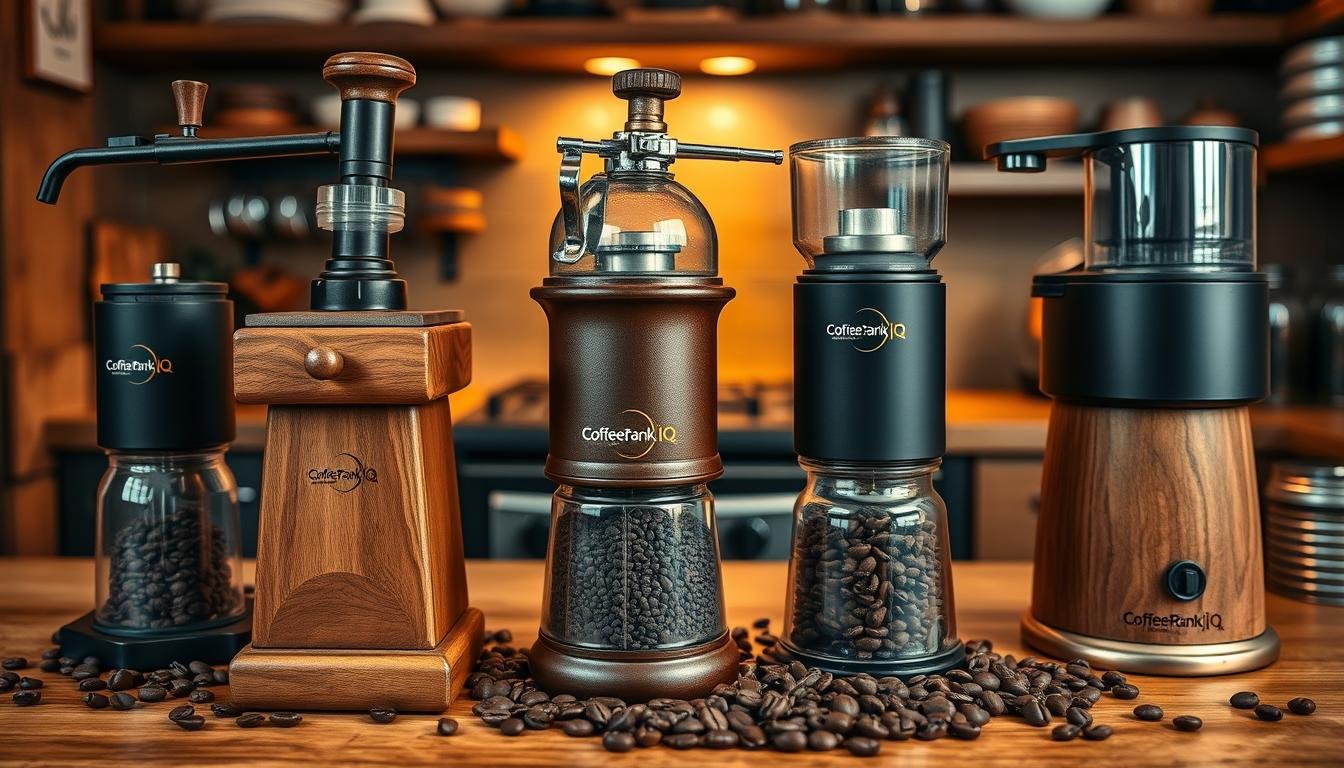Imagine waking up to the smell of freshly brewed coffee, its intoxicating aroma filling the room and enticing your senses. As you take your first sip, you can’t help but wonder, what exactly is coffee skins? This captivating article serves as a journey into the world of coffee, unraveling the mysteries of coffee skins and exploring its significance in the coffee industry. Prepare to embark on a creative exploration that will awaken your curiosity and deepen your appreciation for the wonders that lie within your morning cup of joe.
What is Coffee Skins?
Coffee skins, also known as coffee cherry husks or coffee pulp, are the outer layer of the coffee fruit that surrounds the coffee beans. When coffee beans are harvested and processed, the outer skin is typically removed and discarded, resulting in coffee skins as a byproduct. However, recent innovations in the coffee industry have shed light on the potential value and versatility of these coffee skins.
Definition of Coffee Skins
Coffee skins refer to the protective layer that surrounds the coffee beans within the coffee fruit. They are often thin, fibrous, and brightly colored, ranging from shades of red, yellow, or green, depending on the coffee variety and level of ripeness. While coffee skins are often seen as waste or byproducts of coffee production, they possess unique characteristics and properties that have caught the attention of researchers, farmers, and culinary experts alike.
Origin of Coffee Skins
The origin of coffee skins can be traced back to the cultivation and harvesting of coffee plants. Coffee plants, primarily grown in tropical regions around the world, produce fruits known as coffee cherries. These cherries contain the coffee beans, and it is the removal of the outer skin or coffee skin that exposes the beans for processing. Coffee production is deeply intertwined with the history and culture of many countries, making coffee skins a natural byproduct of this centuries-old tradition.

Composition of Coffee Skins
Coffee skins are composed of various organic compounds and nutrients, contributing to their potential applications in different industries. They contain cellulose, hemicellulose, lignin, protein, pectin, and other polysaccharides that give the skins their fibrous texture. Additionally, coffee skins are rich in antioxidants, caffeine, chlorogenic acid, and other beneficial phytochemicals that are also present in the coffee beans. The composition of coffee skins may vary depending on factors such as coffee variety, processing methods, and environmental conditions.
Physical Characteristics of Coffee Skins
The physical characteristics of coffee skins vary depending on factors such as coffee variety, ripeness, and processing methods. Typically, coffee skins have a thin and delicate texture, making them easy to remove during coffee bean processing. They have a vibrant color, ranging from red to yellow, indicating the level of ripeness. Coffee skins also have a distinct aroma, often carrying the fragrance of the coffee beans themselves. When dried, coffee skins can take on a papery and slightly woody texture.

Uses of Coffee Skins
Traditionally considered as waste, coffee skins are now finding a range of uses in various industries. In agriculture, coffee skins can be used as organic fertilizers or mulch, enriching the soil with vital nutrients. They can also be used in animal feed due to their high nutritional content. Additionally, coffee skins have been used in sustainable packaging and biofuel production, tapping into their potential as renewable resources. Their utilization in the cosmetic and skincare industry is also gaining attention, with coffee skins being used in exfoliants and natural skincare products.
Coffee Skins and Sustainable Agriculture
Coffee skins play a crucial role in sustainable agriculture practices. By repurposing coffee skins as fertilizers or mulch, farmers can reduce the reliance on synthetic chemicals and promote organic farming methods. The nutrients present in coffee skins can improve soil fertility, enhance moisture retention, and suppress weed growth. Through innovative farming techniques, coffee skins contribute to a closed-loop system where waste from coffee production is utilized to create a sustainable agricultural ecosystem.
Health Benefits of Coffee Skins
Coffee skins possess various health benefits due to their nutrient composition. The antioxidants in coffee skins can help combat free radicals and reduce oxidative stress in the body. Additionally, coffee skins contain caffeine, which can provide an energy boost and enhance mental alertness. Studies have also shown that extracts from coffee skins may have potential anti-inflammatory and antibacterial properties. However, further research is needed to fully understand the potential health benefits and their specific applications.
Coffee Skins in Culinary Applications
Coffee skins have also made their way into culinary applications, as chefs and food enthusiasts explore the unique flavors and textures they offer. When dried and ground into a powder, coffee skins can be used as a natural spice, adding a subtle coffee aroma and flavor to various dishes. They can also be infused into syrups, sauces, or beverages to create new and innovative flavor profiles. The slightly tangy and fruity notes of coffee skins can complement both sweet and savory recipes, expanding the possibilities in the culinary world.
Challenges and Controversies Surrounding Coffee Skins
While coffee skins hold promise in various industries, there are challenges and controversies surrounding their utilization. One of the main concerns is the scale of coffee skin production and the potential impact on the environment. As the demand for coffee skins increases, there is a need to ensure sustainable sourcing and production practices to avoid overexploitation of resources. Additionally, the quality and consistency of coffee skins can vary, which poses challenges in terms of standardization and development of commercial applications.
Coffee Skins and Waste Management
Coffee skins present an opportunity for more sustainable waste management in the coffee industry. By repurposing coffee skins and finding value in this byproduct, the industry can reduce the environmental impact associated with its disposal. Encouraging collaborations between coffee producers, researchers, and other industries can lead to innovative solutions for managing coffee skins effectively. The utilization of coffee skins as a valuable resource rather than waste can contribute to a more circular economy and promote environmental stewardship.
In conclusion, coffee skins, often overlooked as waste, have emerged as a valuable and versatile byproduct in the coffee industry. Their unique composition, physical characteristics, and potential applications in agriculture, health, culinary endeavors, and waste management highlight their untapped potential. The exploration and utilization of coffee skins not only bring economic benefits but also contribute to sustainable practices and environmental conservation. As research and innovation continue, coffee skins may find themselves playing a more significant role in shaping a sustainable future in the coffee industry and beyond.




